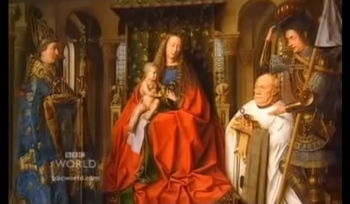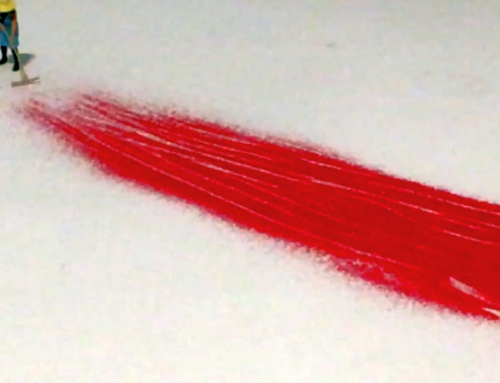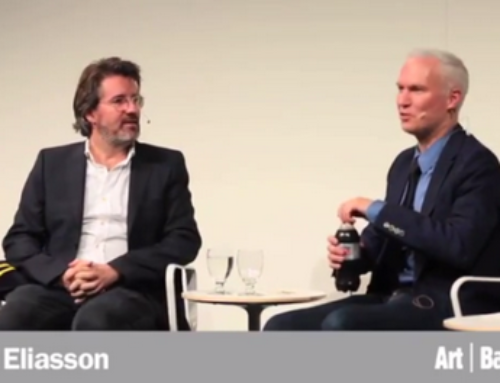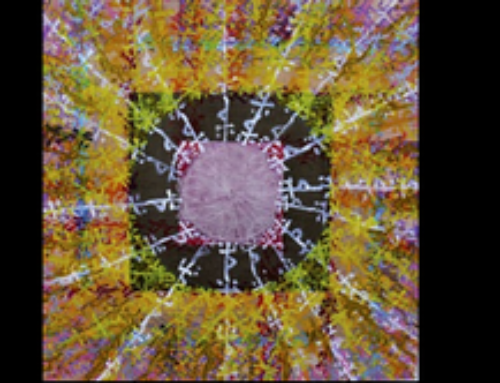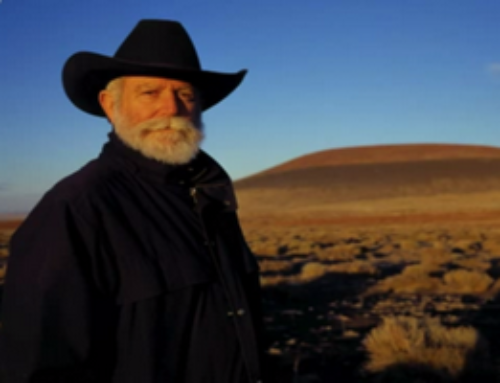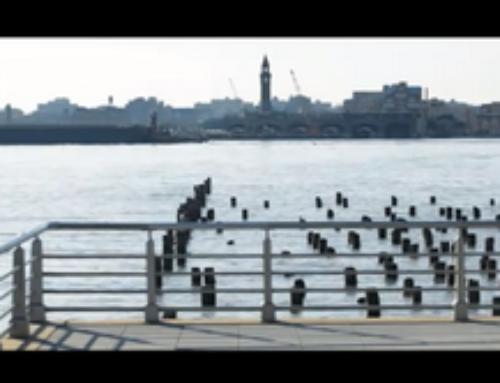David Hockney became gripped by a desire to find out how the artists of the past had managed to depict the world around them so accurately and vividly. For two years, he sacrificed his own time as an artist to follow this mystery trail, obsessively tracking down the hidden secrets of the Old Masters.
In the movie, produced by BBC, David Hockney demonstrates how, four hundred years before the invention of the photograph, artists were using simple cameras to capture realistic images. Hockney takes us to Florence, Bruges, Ghent, and a specially designed set in Hollywood, to demonstrates his findings.
Now, for the first time, Hockney recounts the story of his quest as it unfolded. He explains how he uncovered piece after piece of scientific and visual evidence, each one yielding further revelations about the past. With the benefit of his painter’s eye, he examines the major works of art history and reveals the truth of how artists such as Caravaggio, Velazquez, van Eyck, Holbein, Leonardo and Ingres used mirrors and lenses to help them create their famous masterpieces.
He compares van Eyck’s “Ghent Altarpiece” (1432) to his own “Pearblossom Highway” (1986) concluding that multiple viewpoints (many, many windows) have a similar distancing effect on a two-dimentional surface as a bird’s-eye view, but that it is contradicted in details. Hockney’s “Pearblossom Highway” photographic collage consists of approximately 750 individual chromogenic print and, it is historically known, that van Eyck made lots of drawings of various elements and then “drew” the whole painting out of details from them. Hockney also, convincingly, demonstrates how Brunelleschi, the first architect to employ mathematical perspective to redefine Gothic and Romanesque space, used a mirror for the perspective picture of the Baptistry of San Giovanni; a painting that, around 1412, astounded Florence.


